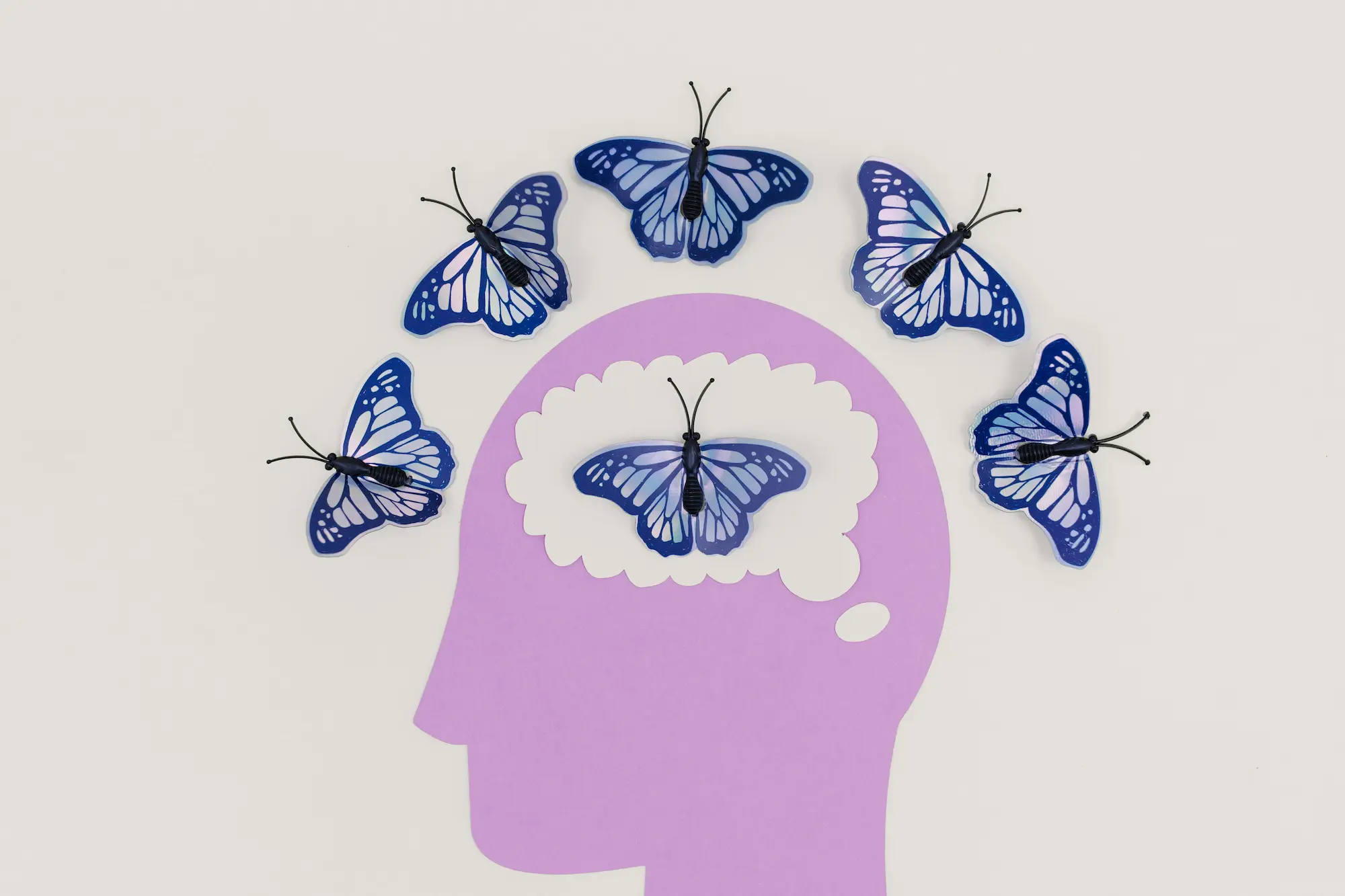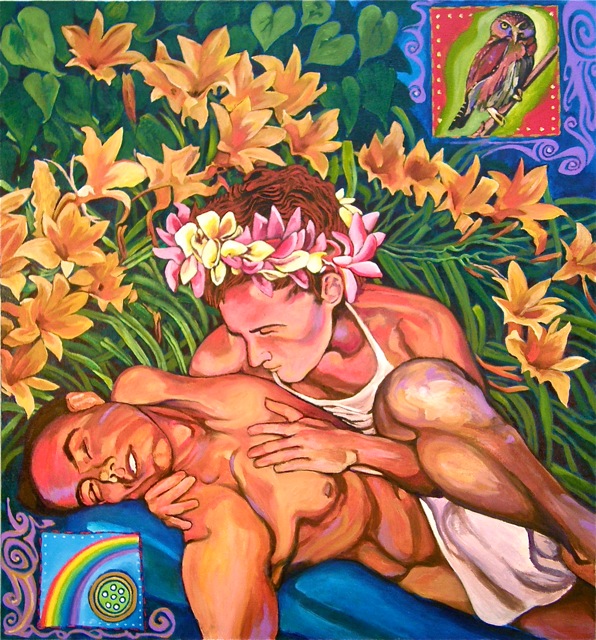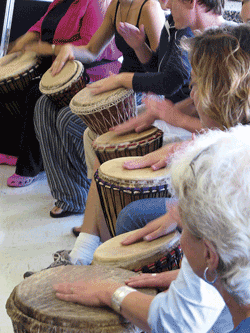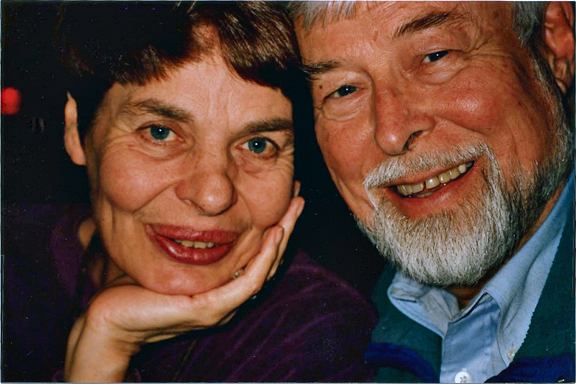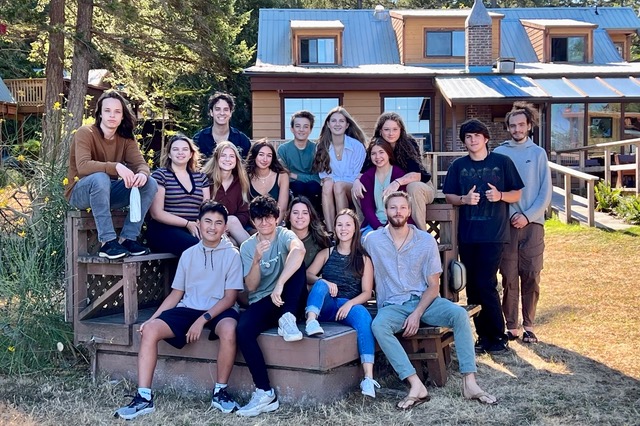Healing the Social Brain
Wayne’s Zeitgeist series: The Neuroscience of Psychotherapy: Healing the Social Brain, by Louis Cozolino; Hidden Brain, a podcast by Shankar Vendantam; and, Footprints, music by Molly Kate Kestner
Curated by Wayne Dodge. In the Zeitgeist series, Wayne wades through a world of publications, theories, music, poems and more, sharing his thoughts, discoveries and passions with particular reference to topics that touch The Haven.
Don’t ask the way of those who know it, you might not get lost. ~ Anonymous.
Book
The Neuroscience of Psychotherapy: Healing the Social Brain, 2nd Ed.
By Louis Cozolino, W. W. Norton & Co. 2010
This is a book for enthusiasts only. It is long on the detail of neuroscience and not so long on the psychotherapy portion. And due to the detail, I often lost the thread of what would be important working with someone.
And there were highlights in this work worth re-visiting.
Earlier models of the brain discussed the development of higher functions – starting with the reptilian brain – which then added the limbic system in mammals (or paleomammalian brain) which is central to learning, memory, and emotion. In primates, the neomammalian brain (cerebral corex), which organizes conscious thought, problem solving and self-awareness, is added on top of that.
This model of the brain (and others, including the Six Brains model) is useful – but easily leads to thinking that these layers of the brain evolved independently and sequentially.
Cozolino points out that the human reptilian brain did NOT stop changing/evolving once a limbic system was added – but continued to change/adapt – often putting old wiring to new uses. And each individual does their own re-wiring shaped by experience, that will – for good or for ill – shift how these systems interact.
“As a therapist, one of my primary goal is to shift my clients’ experience of anxiety from an unconscious trigger for avoidance to a conscious cue for curiosity and exploration. One of my patients described it metaphorically as using anxiety as a compass to help guide him to and through his unconscious fears…” (pg. 21).
I thought that this is also an excellent description of the work done at The Haven. Through use of the 5A’s – Awareness, Acknowledgement, Acceptance, Action, Appreciation – each of us can examine whatever trigger/feeling we have and navigate to greater understanding (and often less suffering).
Cozolino also explores how dissociation (going away) as well as loss of language under stress is an evolutionary protective process – that in times of immediate threat, the higher cognitive integrative functions need to go offline in order for the quicker reactive brain to act in the interest of survival. Problems happen when this defense becomes generalized and is activated when survival is not an immediate issue.
Cozolino discusses how psychotherapy can help. “Further, I also propose that neural plasticity, growth, and integration in psychotherapy are enhanced by:
- The establishment of a safe and trusting relationship.
- Mild to moderate levels of stress.
- Activating both emotion and cognition.
- The co-construction of new personal narratives.” (pg. 26)
Again, how similar this is to the construction of a Haven program. We work hard on establishing relationship as well as safety. Programs, for participants (and leaders) are mildly to moderately stressful. This activates brain systems for learning/plasticity. If there is too much stress though, the brain tends to hunker down into reactive (rather than responsive) processes and is highly resistant to any change.
The Haven works hard on activating both emotion and cognition – at the same time. And we routinely invite participants to create their new personal narrative using frameworks that we offer.
I am also struck that our continued use of body-based process (body work, joints and glands, dancing, etc.) invites the less verbal right side of the brain to stand forth – useful in a society where the language right left side has so much air time to bring additional harmony to the individual.
This language rich left hemisphere has programs that act like “…an internal press agent for the self, putting a positive spin on what is experienced and how it is presented to others.” (pg 104). This internal press agent is the topic of the book The Elephant in the Brain discussed in a previous blog. A built-in system that encourages us not to be totally honest with ourselves or others. This system also strongly influences how we interpret our experiences – or as Anaïs Nin said, “We don’t see things as they are; we see things as we are.”
Cozolino also discusses the differences and effects between the fast fear networks and the slow fear networks. In brief – the amygdala (a major processor – and at times creator – of our fears) has connections directly from the thalamus (which processes incoming stimuli). There are connections from the thalamus to higher functions in the cerebral cortex – which has its own direct connection to the amygdala.
If the predominant input is from the thalamus, we’re in reaction and survival mode. If the cerebral cortex (with the aid of the hippocampus) predominates, we’re more in a responsive mode (although can still be in fear). Remember The Haven story of the man at the door with a knife’. This difference is why verbal grounding during fearful experiences in the middle of the circle are so important. They are inviting the cerebral cortex to get more involved with what is happening – and this involvement can help the participant move from reaction to response.
Since this also involves inputs into the hippocampus (important for memory process), there is encouragement for shifting the old memory into an updated one – thus allowing for growth.
There are multiple clinical vignettes as well as discussion of how neuroscience fits in with common schools of psychotherapeutic thought, and I was most struck by his writings as outline above.
Podcast
Sex Sex Gender
One of my favorite podcasts is Hidden Brain in which Shankar Vendantam, a social psychologist by training, walks us through topics that I always find interesting. Recently, there have been several on sex (always of interest to me) as well as gender. It may just be the topic – but think they are well worth the time.
Just Sex, September 27, 2017. A discussion of the hook up culture on contemporary campuses. (25 minutes)
Be The Change, October 2, 2017. An investigation of what happens when a couple decide to raise their children in a gender neutral way. (52 minutes)
The Edge of Gender, October 9, 2017. A piece on gender, including non-binary defining individuals. (51 minutes)
Music
I love having a just perfect song available as start of the closure for individual attention time in group. Some of that is just my narcissism of wanting to be special myself – and some is knowing how impactful just the right note can be for someone.
This means that I have lined up a whole bunch of songs that are unlikely to be used because they’re so specific – but, boy oh boy – when the right time comes, I find it so satisfying.
Here’s a song about an older sibling’s affection for a younger one – and, even though I’m the youngest of my family – I feel with this song.
Footprints, by Molly Kate Kestner.
Mom and dad told me
When you were on the way
They wouldn’t love me any less
Well I didn’t believe them
I thought you’d take my place
I didn’t know a best friend is what I’d get
Through the years I’d make mistakes
So you wouldn’t have to make ’em
I took chances every day
So you’d know when to take ’em
You can follow my footprints
But you don’t have to fill my shoes
It’s just a path for you to follow if you so choose
You can take the road less traveled
Yeah, I’d probably do that too
But if you’re lost and feeling broken through and through
You can follow the footprints I left for you
I know it wasn’t easy
Learning how to share
But now we get to share the memories
And all the times we argued
Swore we’d never speak again
Know deep down that I loved you even then
Through the years I’d make mistakes
So you wouldn’t have to make ’em
I took chances every day
So you’d know when to take ’em
You can follow my footprints
But you don’t have to fill my shoes
It’s just a path for you to follow if you so choose
You can take the road less traveled
Yeah, I’d probably do that too
But if you’re lost and feeling broken through and through
You can follow the footprints I left for you
And if one day you run right past me
Chasing down your dreams
I hope that I can look ahead
And you’d turn and say to me
You can follow my footprints
But you don’t have to fill my shoes
It’s just a path for you to follow if you so choose
You can take the road less traveled
Yeah, I’d probably do that too
But if you’re lost and feeling broken, down and bruised
You can follow the footprints
I left for you
You can follow my footprints
I left for you
Contributions
Lizanne Foster is a frequent Haven program participant who has translated Haven Models into a central part of her teaching. She recently shared a wonderful resource from the BC Teacher Foundation, on privilege. In addition to this video, you can read more on BCTF.ca about raising awareness. Thanks Lizanne.

